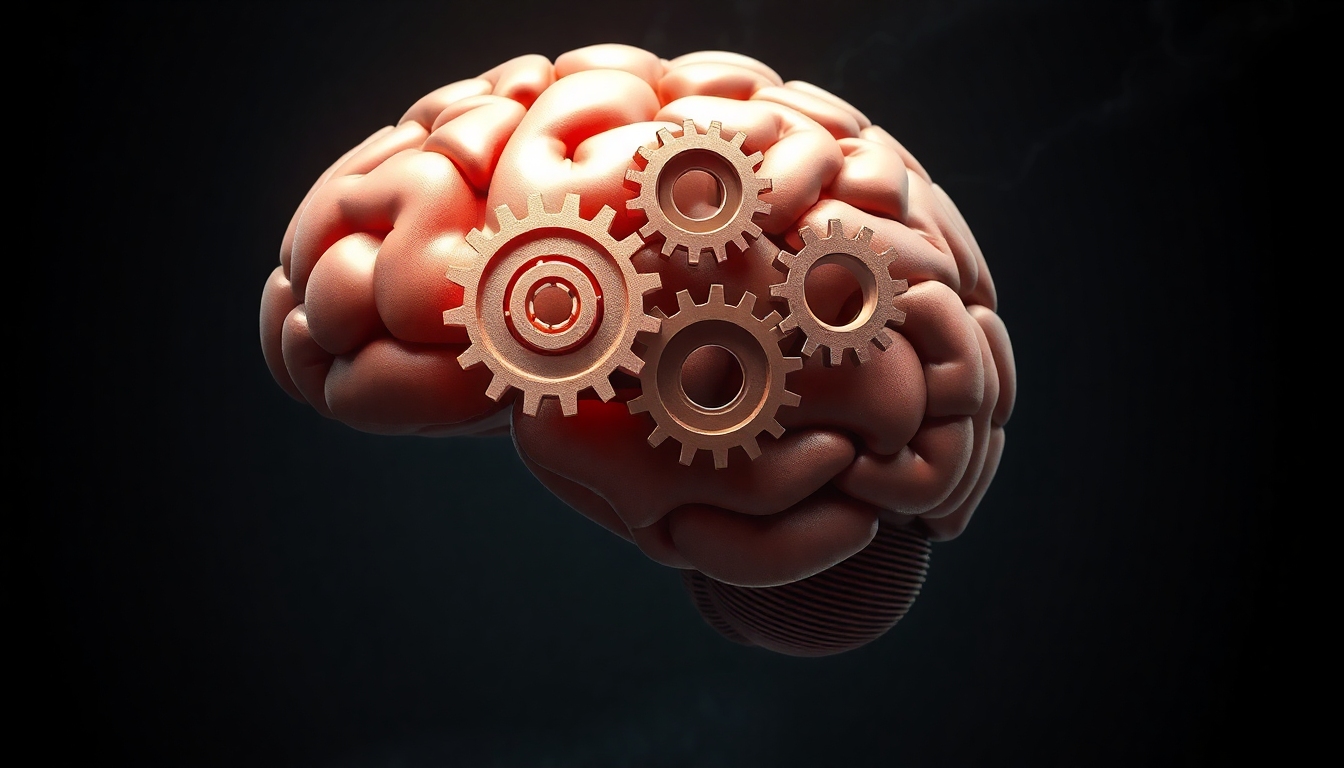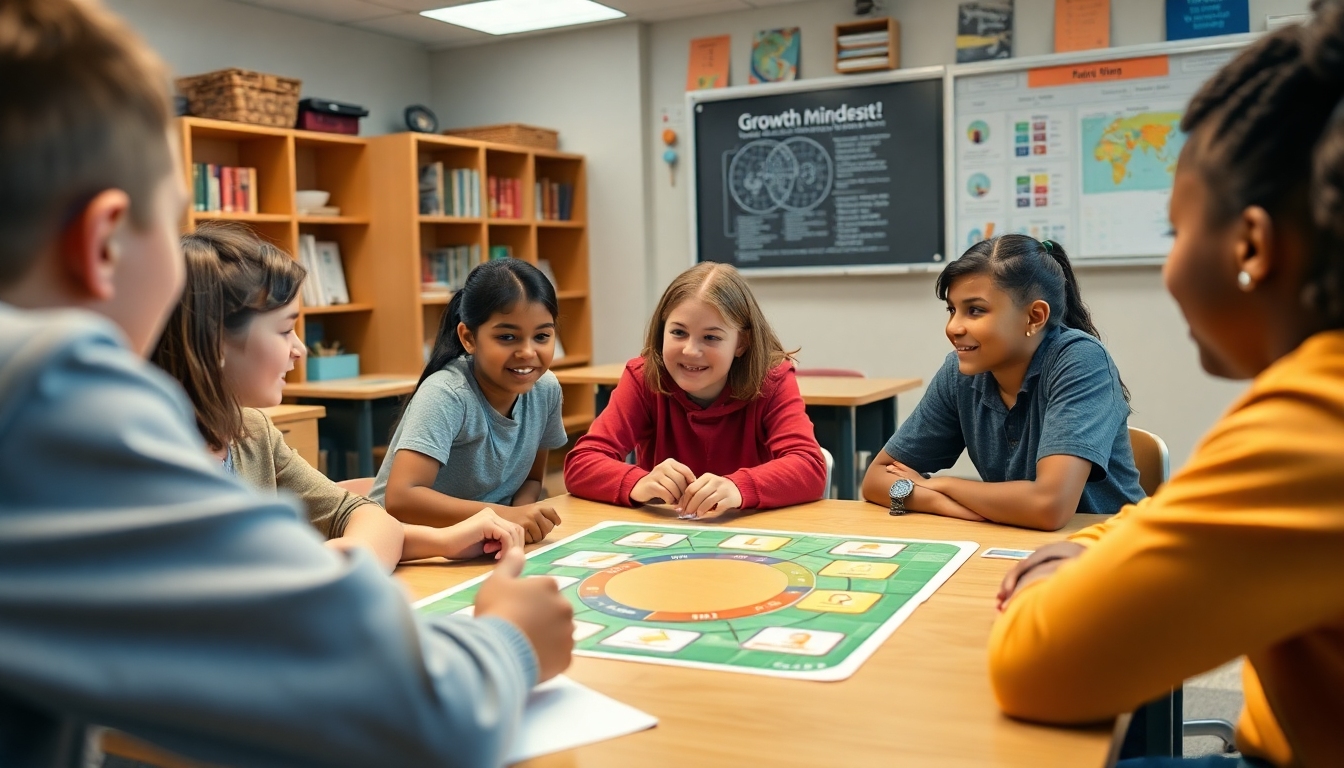15 Fun Growth Mindset Games (Free Printables!)
Practical, teacher-tested activities to build resilience, spark effort, and make learning feel joyful—plus copyable printables you can use today.

What is a Growth Mindset and Why it Matters

A growth mindset is the belief that skills and intelligence develop with effort, feedback, and effective strategies. It doesn’t promise instant success; it builds steady confidence that “with the right approach, I can improve.”
- Resilience: Students bounce back faster from mistakes.
- Motivation: Effort feels meaningful and progress becomes visible.
- Better strategies: Learners shift from “try harder” to “try differently.”
Want a quick reflection routine to pair with games? Explore the 3–2–1 reflection style (3 insights, 2 challenges, 1 next step) to solidify learning after play.
15 Engaging Growth Mindset Games & Activities

Below are teacher-friendly activities you can run today. Each game includes a quick setup, materials, and a short debrief prompt—because the conversation after the game is where the mindset really sticks.
Individual Games (5)

Game 1: The Power of Yet
Time: 5–10 min • Materials: Simple worksheet or notebook
Reframe “I can’t” into “I can’t yet”—then plan three doable next steps.
- Write: “I can’t ____ yet.”
- List 3 small actions (watch a demo, ask a peer, practice 10 minutes).
- Set a checkpoint for the week and check back.
PRINT & GO: The Power of Yet I can’t ___________________ yet. Three steps I will try: 1) 2) 3) Checkpoint date: __________ My progress today: __________
Game 2: Mistake Role-Play
Time: 10–15 min • Materials: Scenario cards
Act out “oops” moments, then script constructive responses and next steps.
- Draw a scenario (e.g., “Bombed a quiz,” “Missed a deadline”).
- Role-play a productive response (ask for feedback, plan a retake).
- Debrief: What mindset move did we just use?
Game 3: Growth Mindset Affirmations
Time: 8–10 min • Materials: Index cards or journal
Create personal statements that nudge action: “When I get stuck, I will try a simpler example.”
- Write 3 affirmations tied to real strategies, not just hype.
- Say them before a challenge or pin on your desk.
PRINT & GO: Strategy-Based Affirmations 1) When I feel stuck, I will ___________________________. 2) To improve, I will practice ________________________ for 10 minutes. 3) I turn “What if I fail?” into “What will I try next?”
Game 4: My Growth Mindset Hero
Time: 20–30 min • Materials: Research sheet
Choose a role model who overcame setbacks. Highlight decisions, habits, and strategies over talent.
- What challenge did they face?
- Which strategies helped them grow?
- What can I borrow for my next challenge?
Game 5: Failure Résumé
Time: 15–20 min • Materials: Template
List attempts that didn’t work—and what each taught you. Normalize iteration.
PRINT & GO: Failure Résumé (Learning Log) Attempt/Failure: ____________________________ What I learned: _____________________________ My next experiment: _________________________ New result: _________________________________
Classroom Games (5)

Game 6: Compliment Circle (Process Praise)
Time: 8–10 min • Materials: None
Students appreciate effort, strategies, and progress—not labels.
- Circle up. Each student offers one specific process-based compliment.
- Receiver says what they’ll keep doing next time.
Game 7: Two Truths and a Growth Mindset Lie
Time: 10–12 min • Materials: Prompt list
Each student shares 2 truths about their learning and 1 fixed-mindset “lie.” The class identifies and reframes the lie.
Game 8: Problem-Solving Brainstorm
Time: 15–20 min • Materials: Whiteboard or slides
Present a real problem. Collect many approaches before picking one to test. Celebrate “most creative failure.”
Game 9: Build a Tower
Time: 20–25 min • Materials: Straws, tape, string
Teams design → test → revise. Score includes iteration steps, not just height.
- Round 1: Build quickly.
- Round 2: Improve using 1 new idea from another team.
Game 10: Gratitude Chain
Time: 6–8 min • Materials: None
Students build a chain by linking gratitude to effort and help received (“I’m grateful Sam showed me a new shortcut”).
Team-Building Games (5)

Game 11: Collaborative Storytelling
Time: 10–15 min • Materials: Prompt list
Build a story one sentence at a time. Require each sentence to include a “strategy move” (ask, test, retry, reflect).
Game 12: Human Knot—Mindset Edition
Time: 10–12 min • Materials: None
Untangle without letting go. Pause halfway: What communication strategy helps most?
Game 13: Escape Room—Growth Mindset
Time: 25–40 min • Materials: Puzzles, locks or digital breakout
Design puzzles that require iteration. Give “hint tokens” earned when teams articulate a strategy they’ll try next.
Game 14: Group Jigsaw + Feedback
Time: 20–30 min • Materials: Large puzzle or segmented task
Teams complete sections, exchange feedback, then improve and assemble together. Score includes “feedback applied.”
Game 15: Values Auction
Time: 15–20 min • Materials: Value cards, play money
Bid on values (Resilience, Curiosity, Precision). Debrief: How will our top values show up in the next project?
PRINT & GO: Values Auction Budget: $100 Bid Priorities (circle 3): Resilience / Curiosity / Collaboration / Precision / Courage / Reflection / Persistence We won: __________, __________, __________ Team pledge (how we’ll live these values next week): ___________________________
Integrating Growth Mindset Games Into Your Day
Games work best as short, regular routines paired with reflective talk. Keep it simple, predictable, and connected to real class tasks.
Facilitation Tips
- Create safety: Celebrate “favorite mistakes.” No laughing at people—only at the moment we all learned.
- Use process praise: “Your revision plan was smart” beats “You’re a natural.”
- Debrief fast: End with “What will you try next time?”
- Connect to content: Link games to current skills and projects.
Measure What Matters
- Pre/post self-rating: “When I get stuck, I have strategies” (1–5).
- Track strategy mentions in talk or journals.
- Quick exit tickets: “One mistake I learned from today…”
- Portfolio evidence: drafts → revisions → reflections.
Print-and-Go Reflection Sheets
PRINT & GO: 3–2–1 Reflect 3 things I figured out: 1) 2) 3) 2 places I got stuck (and what I tried): 1) 2) 1 next step I will test next time: ______________________________
Frequently Asked Questions (FAQs)
What is a growth mindset?
A growth mindset is the belief that abilities develop with deliberate practice, feedback, and smart strategies. It shifts focus from “proving” to “improving.”
Do growth mindset games actually help?
They can—by normalizing productive struggle and making strategy use visible. Pair games with clear instruction and feedback for best results.
How do I adapt these for different ages?
Use visuals and movement for younger students; add metacognitive prompts and peer feedback for teens; focus on transfer to real tasks for adults.
Where can I find more free printables?
Use the templates in this article or explore Mindset Works and We Are Teachers.
How often should I run these games?
Short and often wins. Two 5–10 minute routines a week plus quick debriefs create lasting habits.
EEAT Checklist + Humanized Writing
- Clear author/source attribution and update date
- Teacher-voice anecdotes and practical steps
- References to peer-reviewed research
- Concrete printables and classroom-ready prompts
- Balanced claims and guidance on measuring impact
References
- Dweck, C. S. (2006). Mindset: The New Psychology of Success. Random House.
- Sisk, V. F., et al. (2018). To what extent and under which circumstances are growth mind-sets important to academic achievement? Psychological Science, 29(4), 549–571.
- Yeager, D. S., et al. (2019). A national experiment reveals where a growth mindset improves achievement. Nature, 573, 364–369.
- Yeager, D. S., & Dweck, C. S. (2020). What can be learned from growth mindset controversies? American Psychologist, 75(9), 1269–1284.
- Hattie, J., & Timperley, H. (2007). The power of feedback. Review of Educational Research, 77(1), 81–112.
